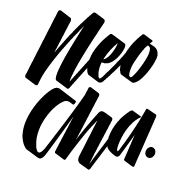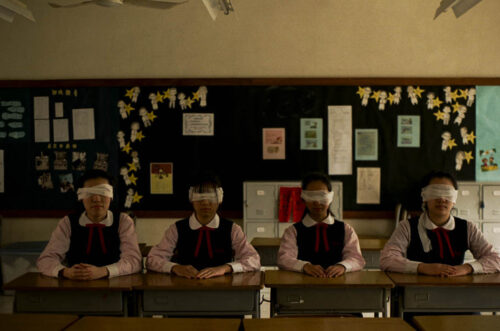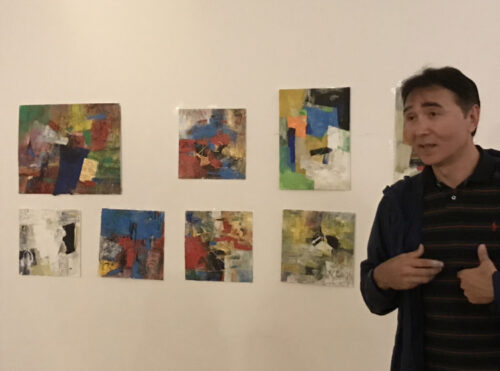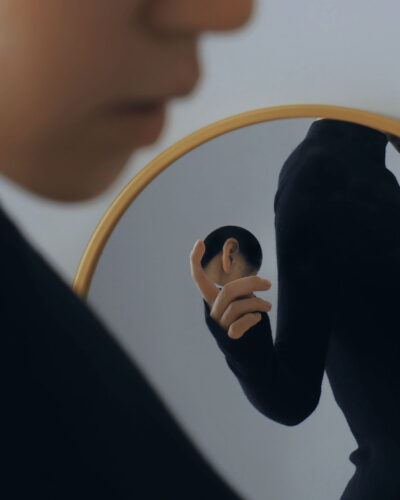This article was originally published on Neocha and is republished with permission.
Outside of culinary circles, the art of plating is a seldom appreciated mode of expression. The presentation of food is often an afterthought to flavor. Even for the most die-hard gourmands who do recognize great presentation, what first comes to mind are typically Western dishes and plating techniques. The arrangement and decoration of traditional Chinese cuisine are hardly ever considered part of the conversation.
However, Chinese food plating has a much deeper history than most might give it credit for. Looking to shine a spotlight on the unsung art, the Instagram account Chinese Plating was born. The account, operated by Dieter Mackenbach, demonstrates a wide berth of creative presentations that’s been served up by Chinese chefs for the past few decades.
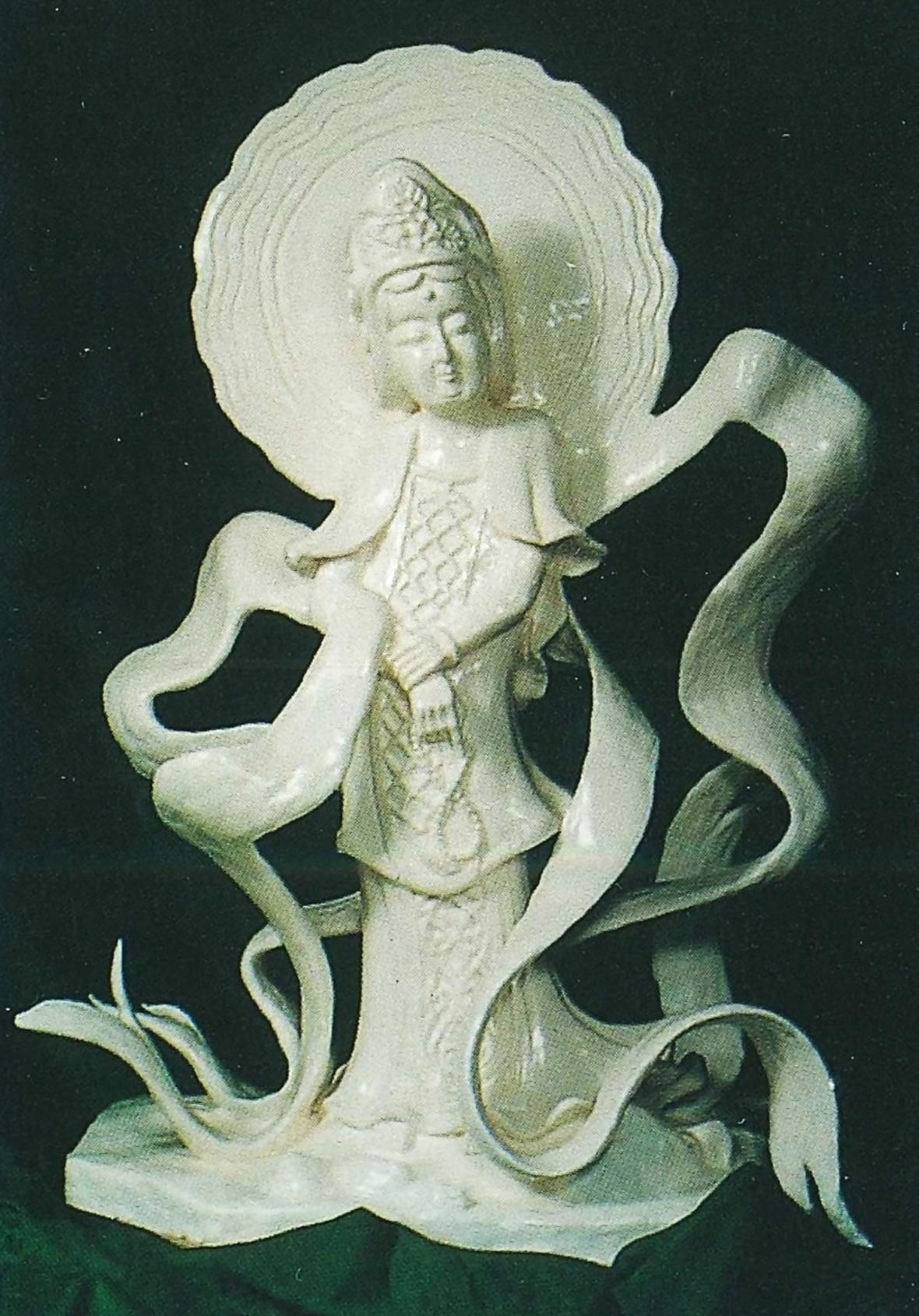
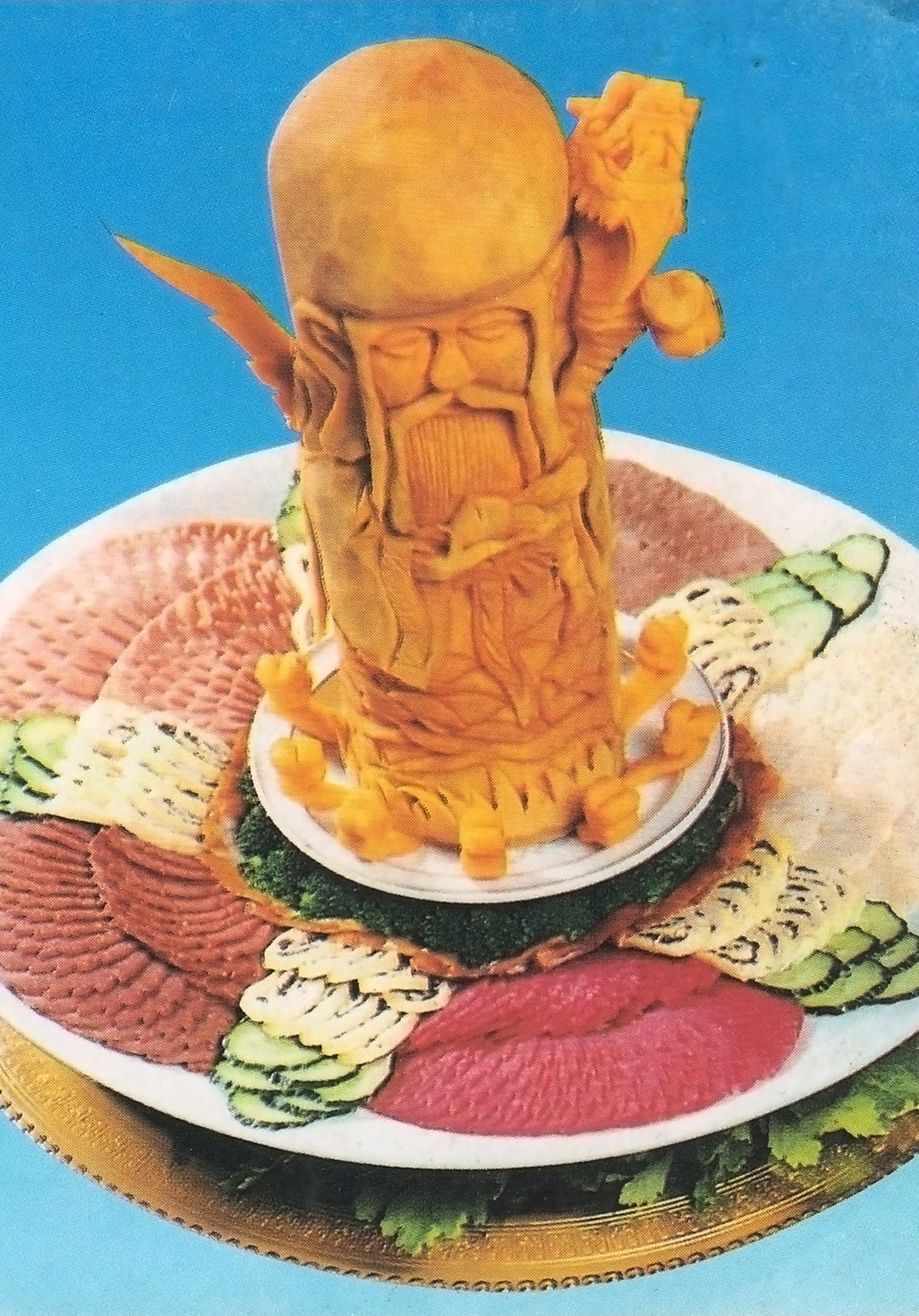
Mackenbach is a self-professed epicure who loves all aspects of food. While studying in university, the Los Angeles native had the opportunity to learn about gastronomic culture from across the world—which included recipes, food history, and nutritional knowhow. After graduating, he traveled extensively to learn more about food culture from around the world first hand, with a particular curiosity towards how food is prepared differently from region to region.

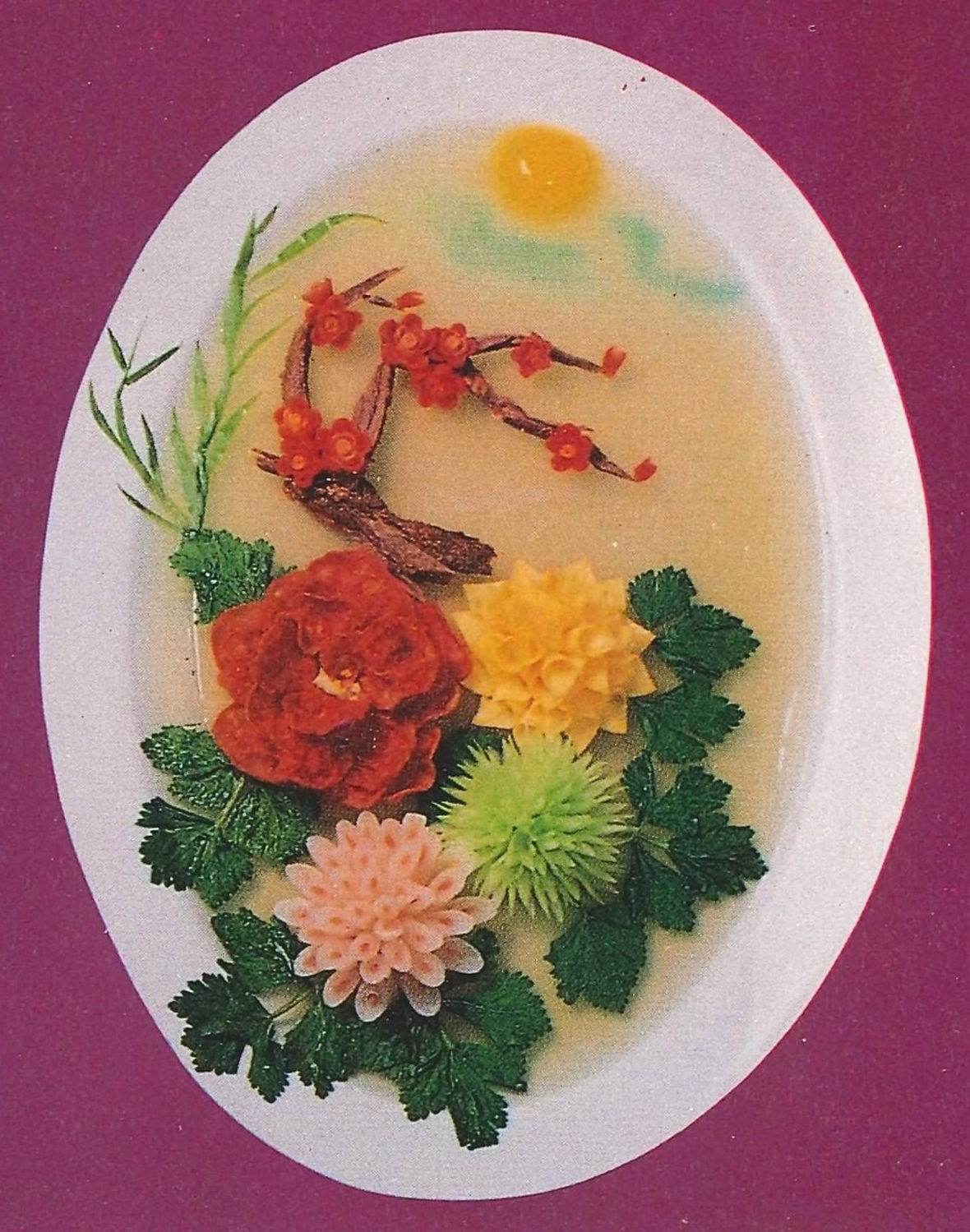
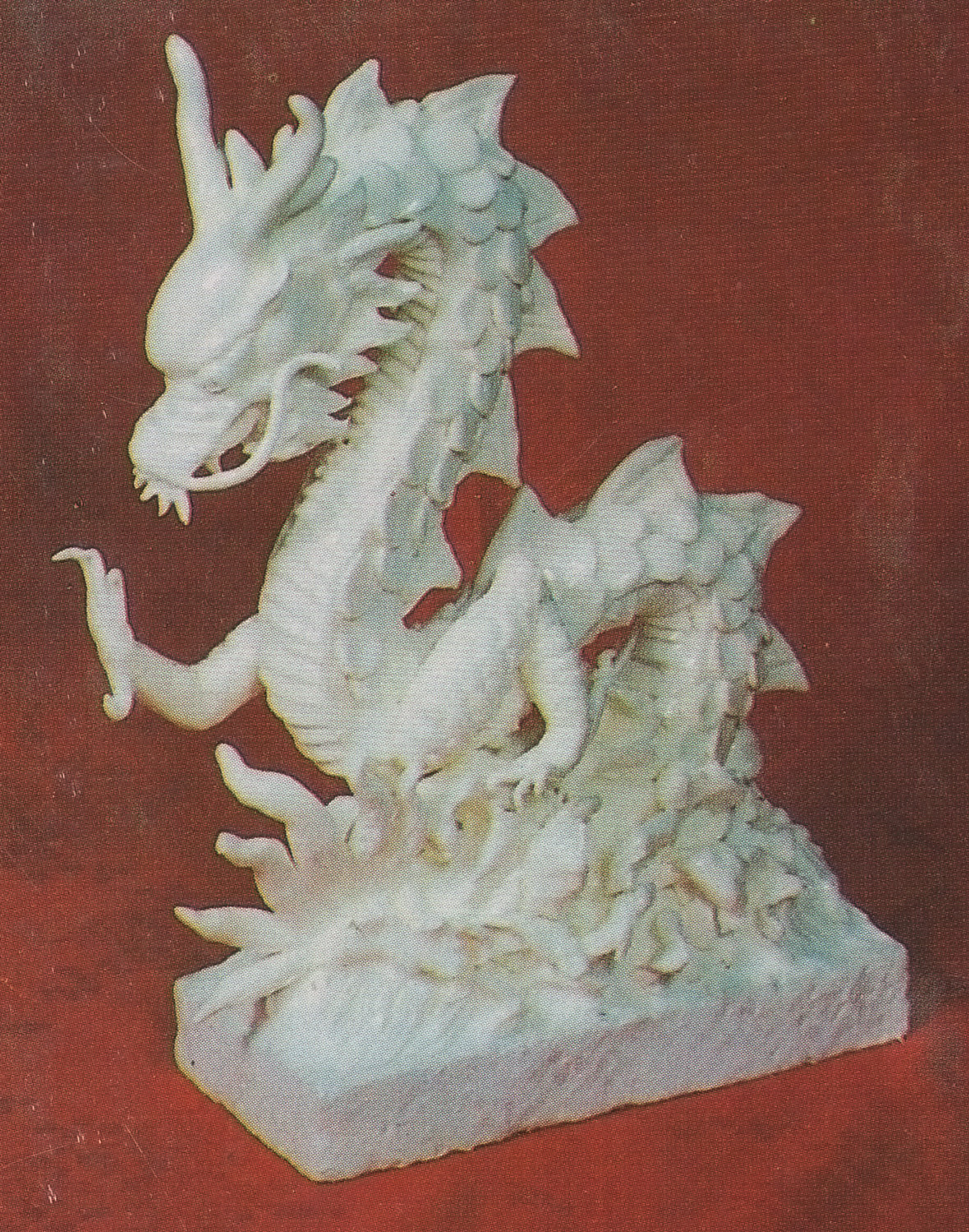
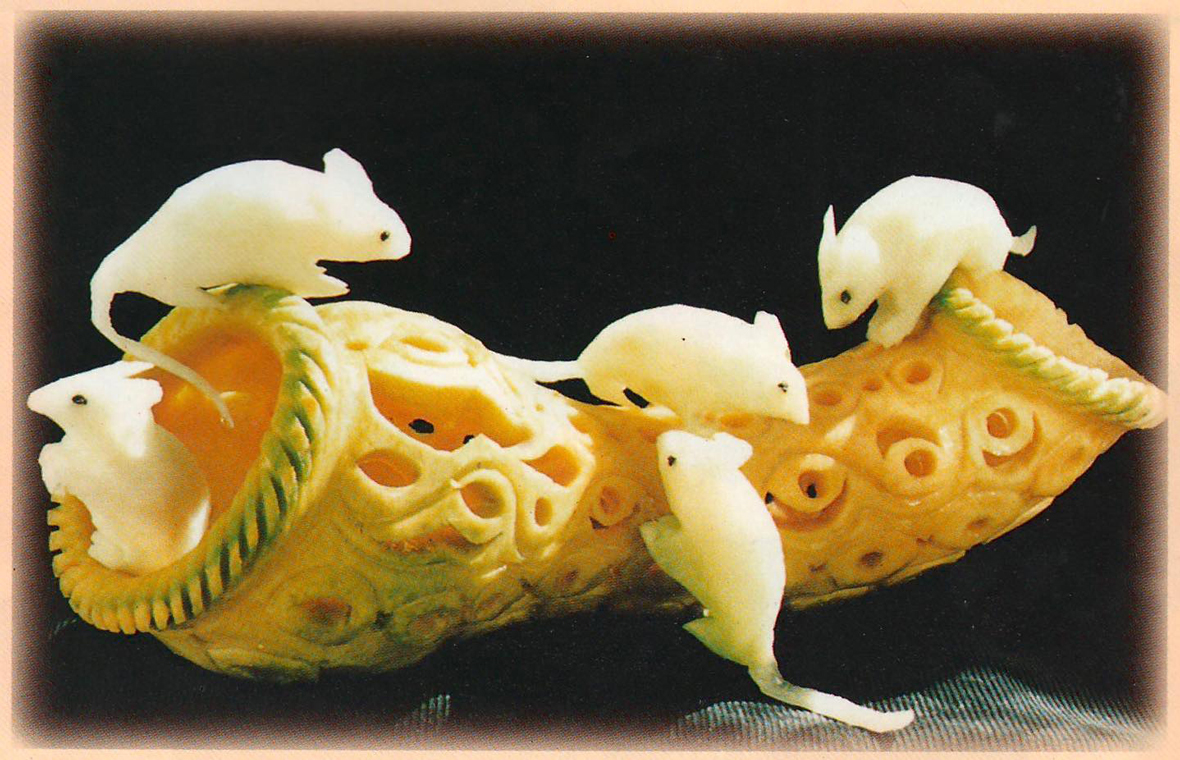
Though he’s experienced and learned about food from all over the world, Chinese cuisine holds a special place in his heart. Growing up in California, he lived in a neighborhood with a large Chinese population, and Chinese food was a staple cuisine for him and his parents. At the age of 17, he was invited to go back to Taipei with a Taiwanese friend, and his culinary experiences there cemented his love for Chinese food. After graduating with a degree in Anthropology, Mackenbach decided to further his studies in Taipei, where he studied Chinese language and Chinese literature at National Taiwan University. As his love of Chinese cuisine deepened, he decided to truly dedicate himself to the craft. He moved to mainland China, studying at both the Sichuan Higher Institute of Cuisine and Sichuan University to learn more about Chinese gastronomy. After concluding his studies, he landed a job in Beijing at The Hutong, a cultural exchange program, where he shared his knowledge of Chinese cooking with interested students.



“A lot of Americans have misconceptions about Chinese food,” Mackenbach notes. “They stereotype it as greasy or unhealthy, but they don’t truly know the cuisine outside of a few dishes. Chinese food is remarkably delicious, nutritious, sophisticated, and playful. So much thought goes into ingredient combinations, color appeal, textural contrast, and plating design with Chinese food. The names of dishes, in particular, are often highly poetic and allude to historically important events or places.”
Some of Mackenbach’s favorite dishes are typically more homely though, with dishes such as stir-fried Yunnan sticky rice cake, Sichuan boiled fish, and stinky tofu topping his list.
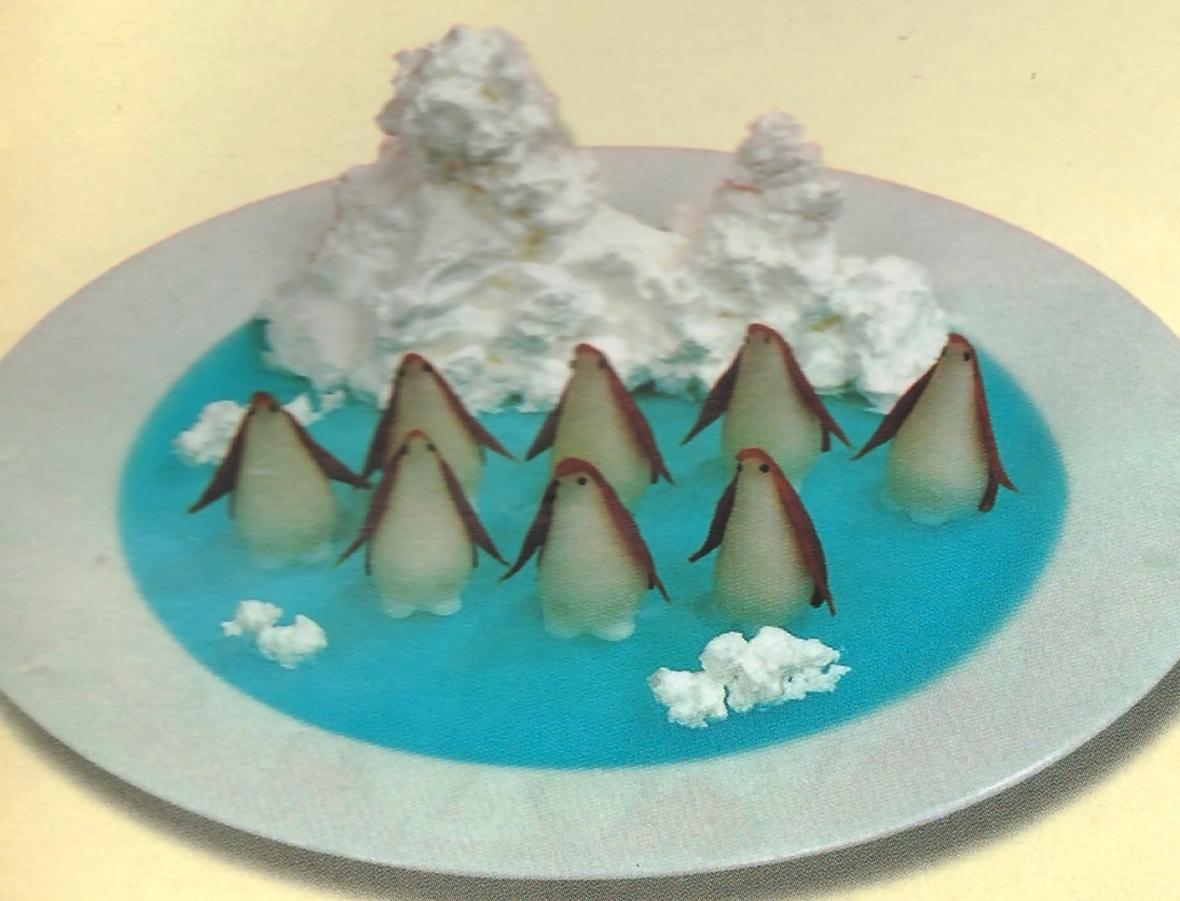

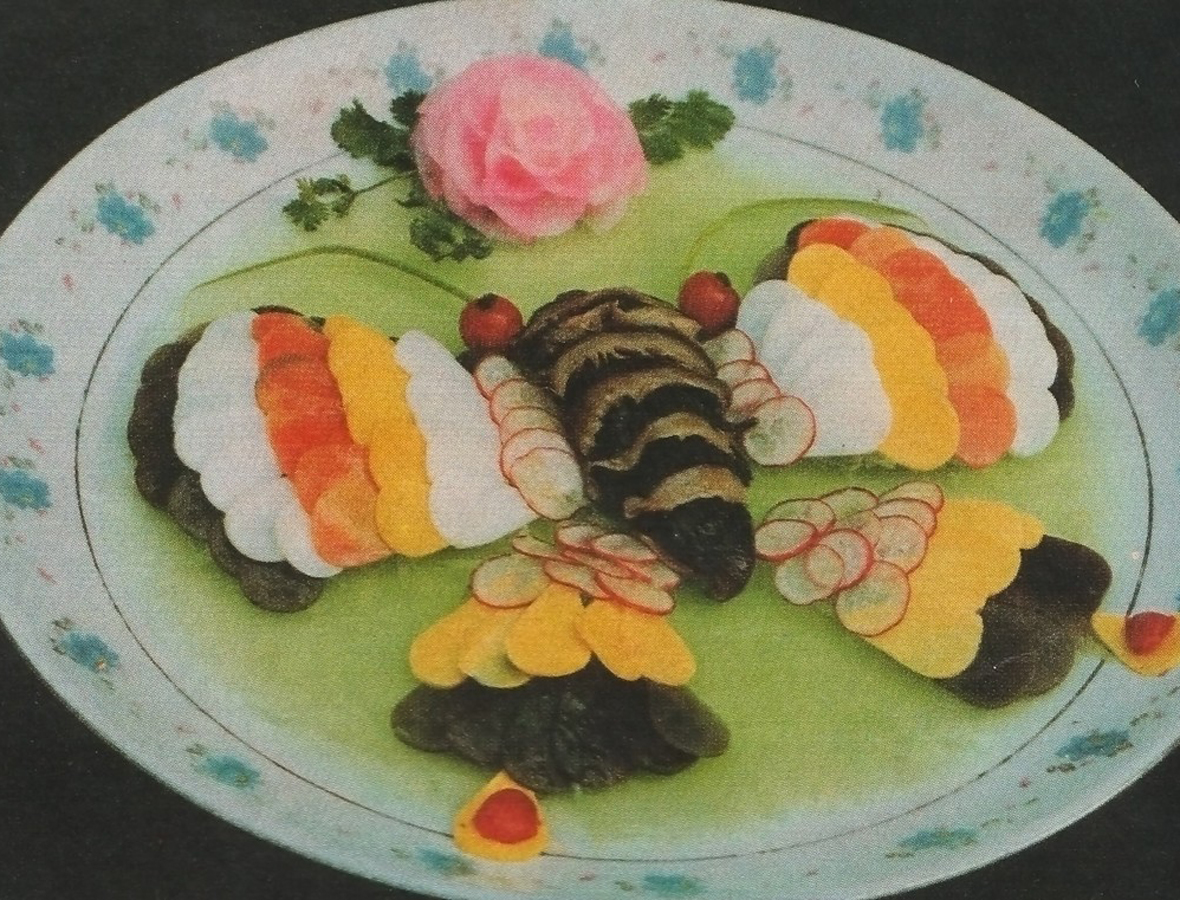
Mackenbach’s fascination with the creativity of Chinese plating and food design came about by chance. One day, while perusing old magazines at a library in Beijing, he discovered a collection of vintage culinary magazines. In them, photography showcasing plating presentations by chefs from all over the country captured his imagination. In 2015, he decided to compile an archive of images culled from these publications. He sourced books and magazines from second-hand markets, and even found digitized versions of otherwise unobtainable material to curate a compendium of creative Chinese dishes from the past few decades. The latest posts have mostly consisted of Sichuan cuisine and food photography from the ’80s and ’90s, an era that he believed to be an especially creative period for Chinese chefs.


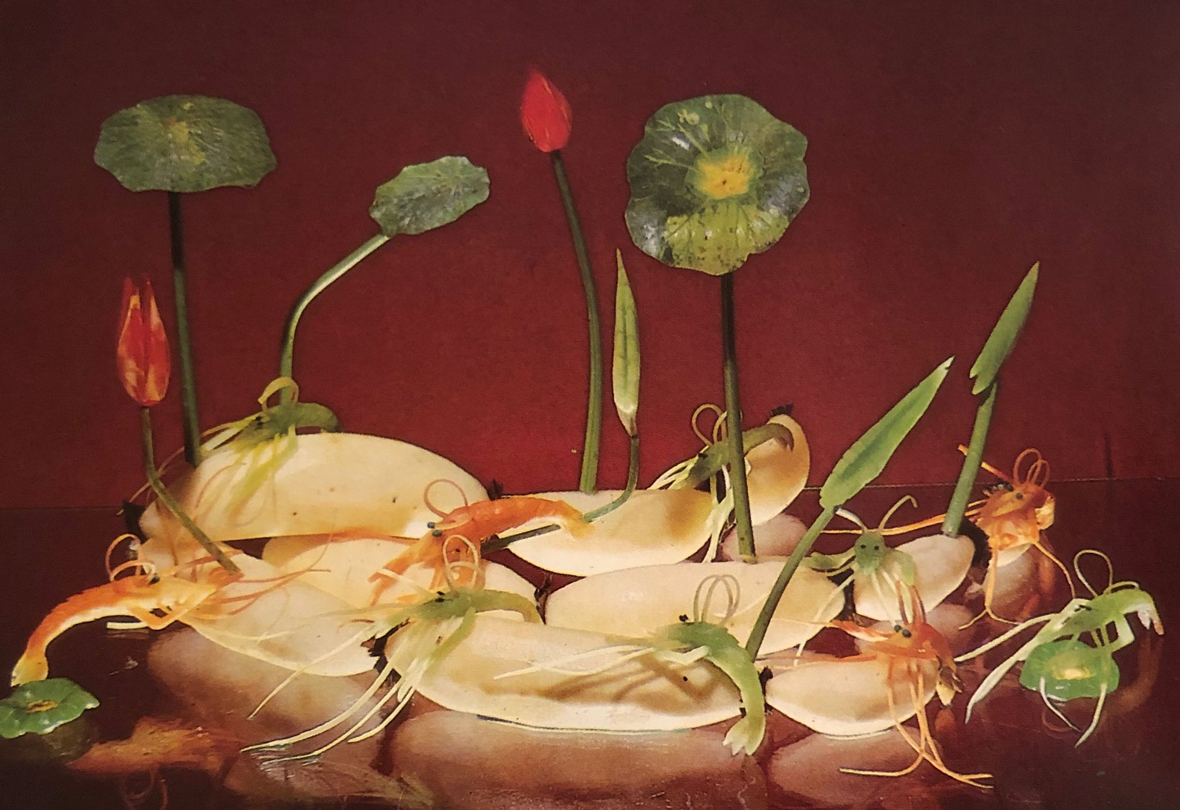
His collection features a dazzling array of original delicacies that capture the imagination, such as “Brilliant Peal of the East,” “Year of the Rabbit Mascot,” or “Peacock Receives Guests.” The colors of the dishes and photos also reveals an affinity for vibrant palettes in China at the time. Though it may now seem gaudy and out of style, it’s an aesthetic that reminds of simpler times in the country.
The presentation of Chinese dishes tend to find inspiration from every aspect of the country’s culture, drawing from art traditions, architectural styles, literary history, and even folklores. Mackenbach’s intensive studies in China and input from Chinese scholar friends has helped him give context to each image, which he’s captioned in both Chinese and English. With these titles, the photographed food arrangements allude to Chinese history, mythology, and the country’s literary lineage.
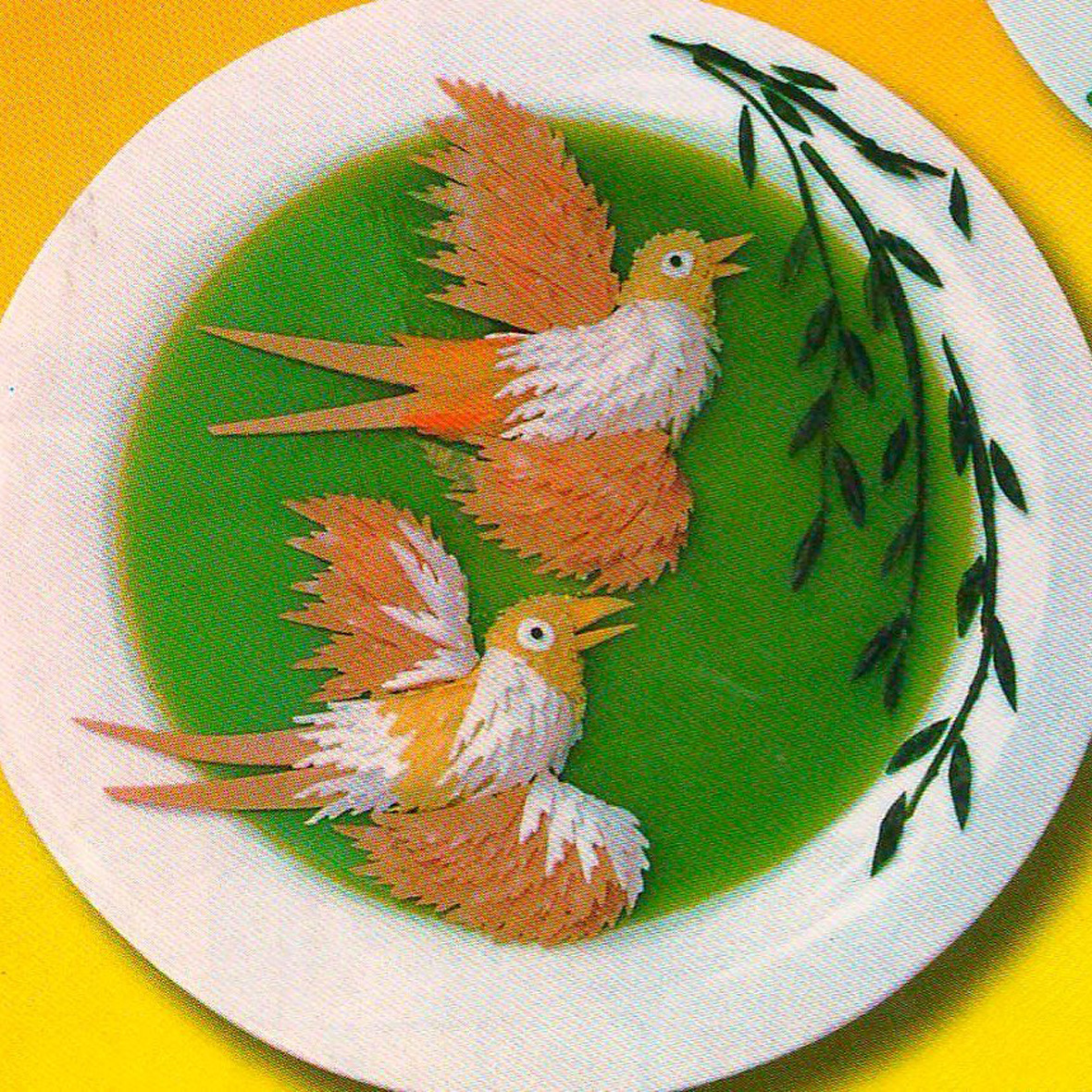
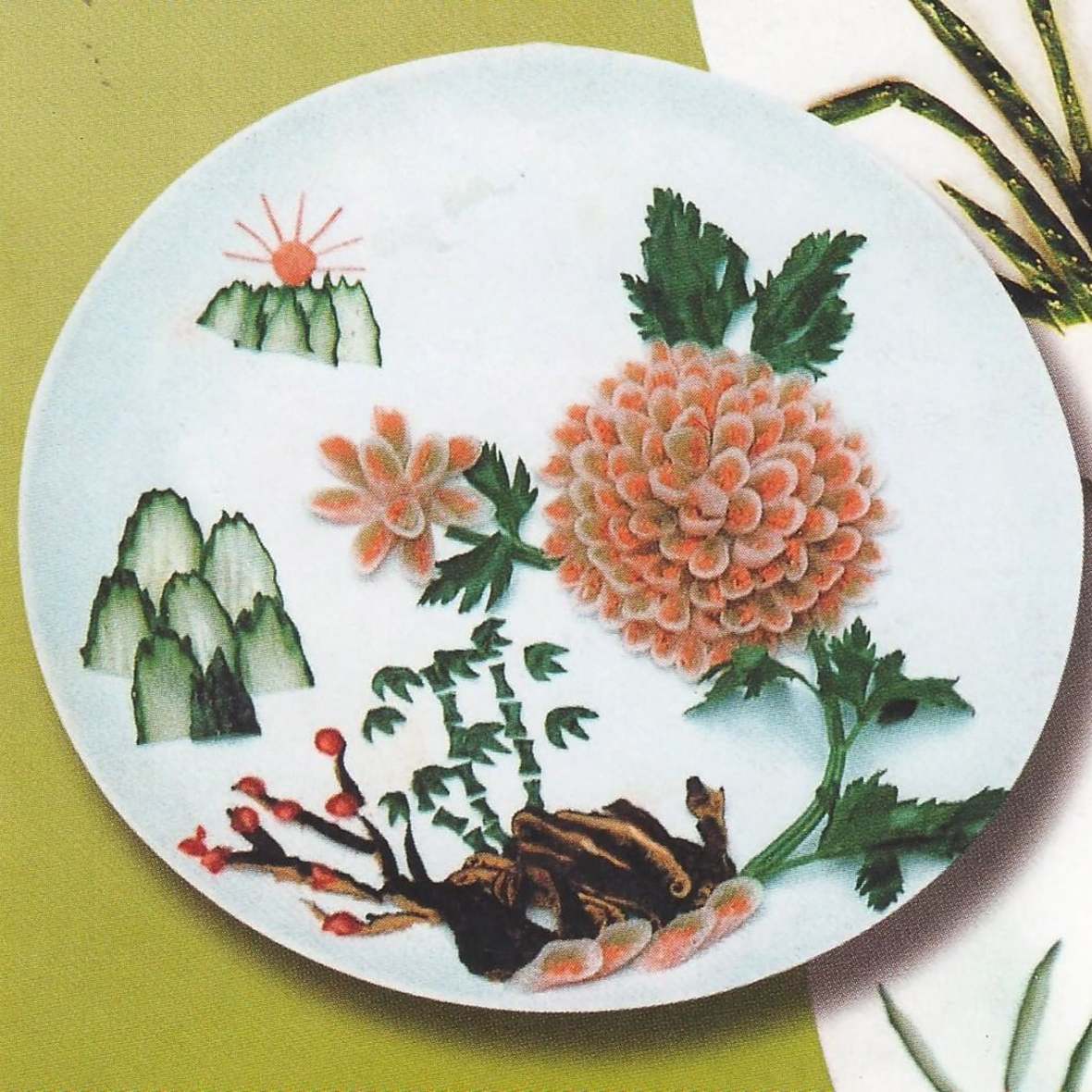

Even though he’s since moved back to Los Angeles, Mackenbach has continued maintaining the account. However, due to logistic hurdles and the increase in difficulty of sourcing material being an ocean away, updates eventually slowed. Even with these headwinds, Mackenbach has no plans of abandoning the project. He’s currently working at a local university, and a jampacked schedule has meant a short hiatus for his account. He’ll be resuming regular updates in the coming future and even has plans of organizing an exhibition for his collection of vintage food photography. “Food history is an interesting subject, and there are many librarians and archivists who dedicate themselves to researching and preserving these stories,” he says. “I want to be someone who helps pass down these culinary legacies and history. They deserve to be preserved.”
Like this story? Follow Neocha on Facebook and Instagram.
Instagram: @chinese_plating
Contributor: Pete Zhang

